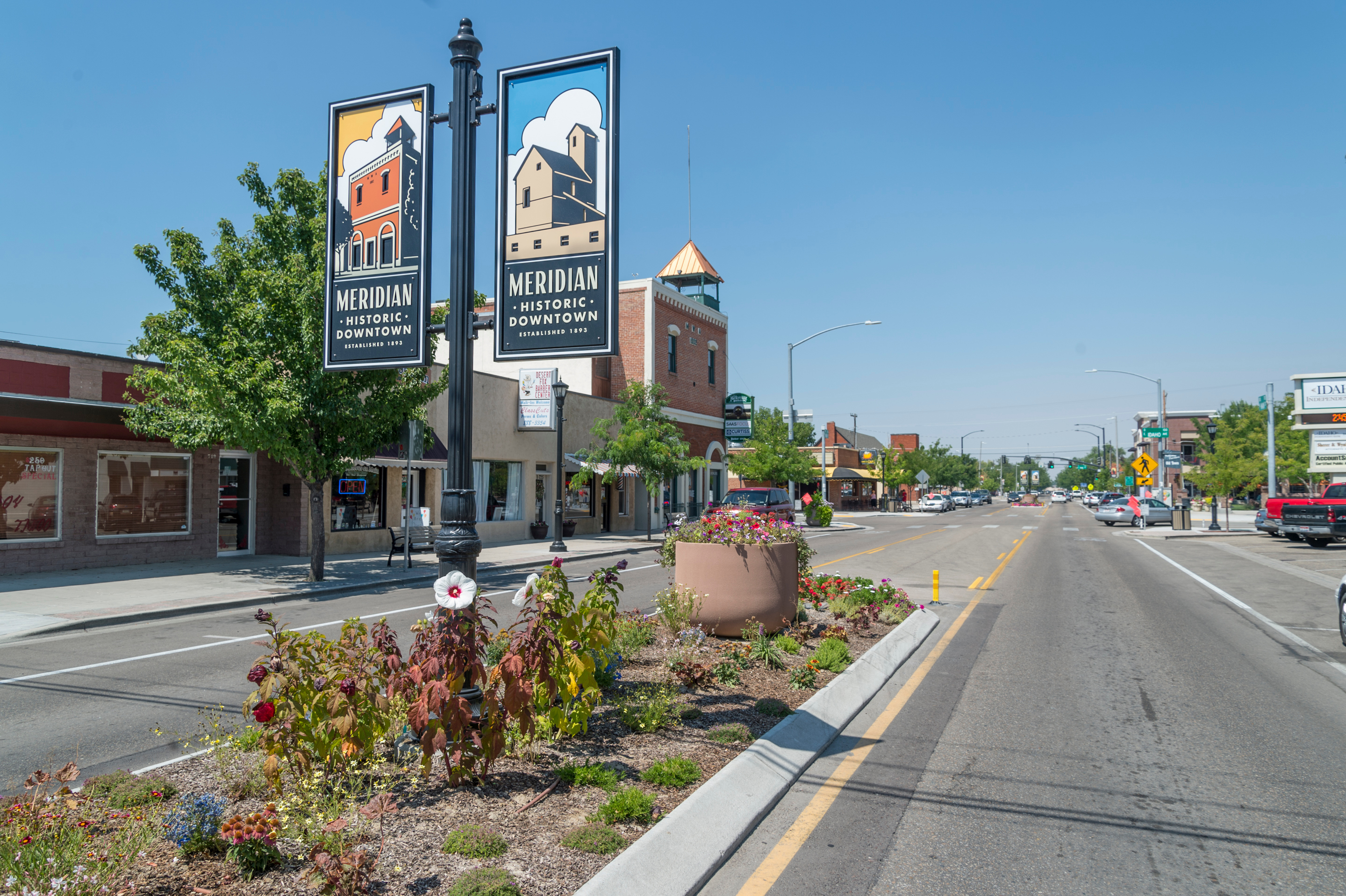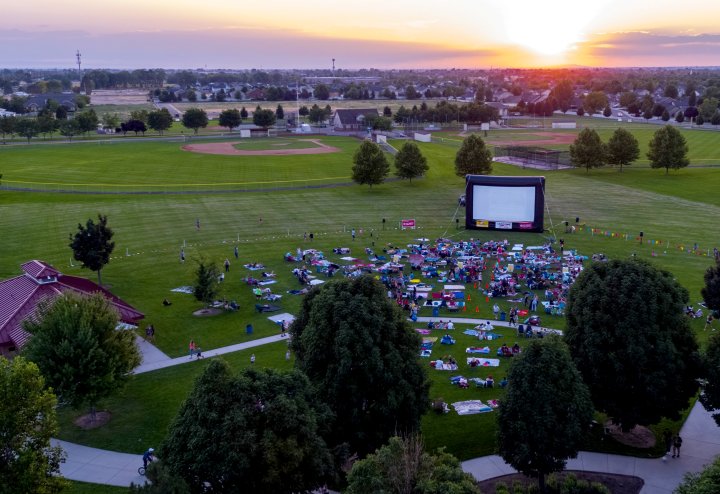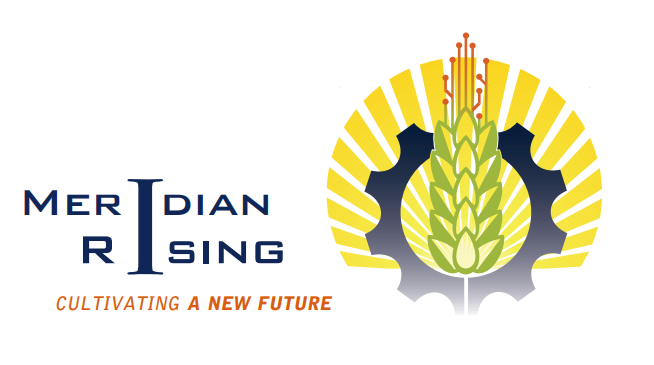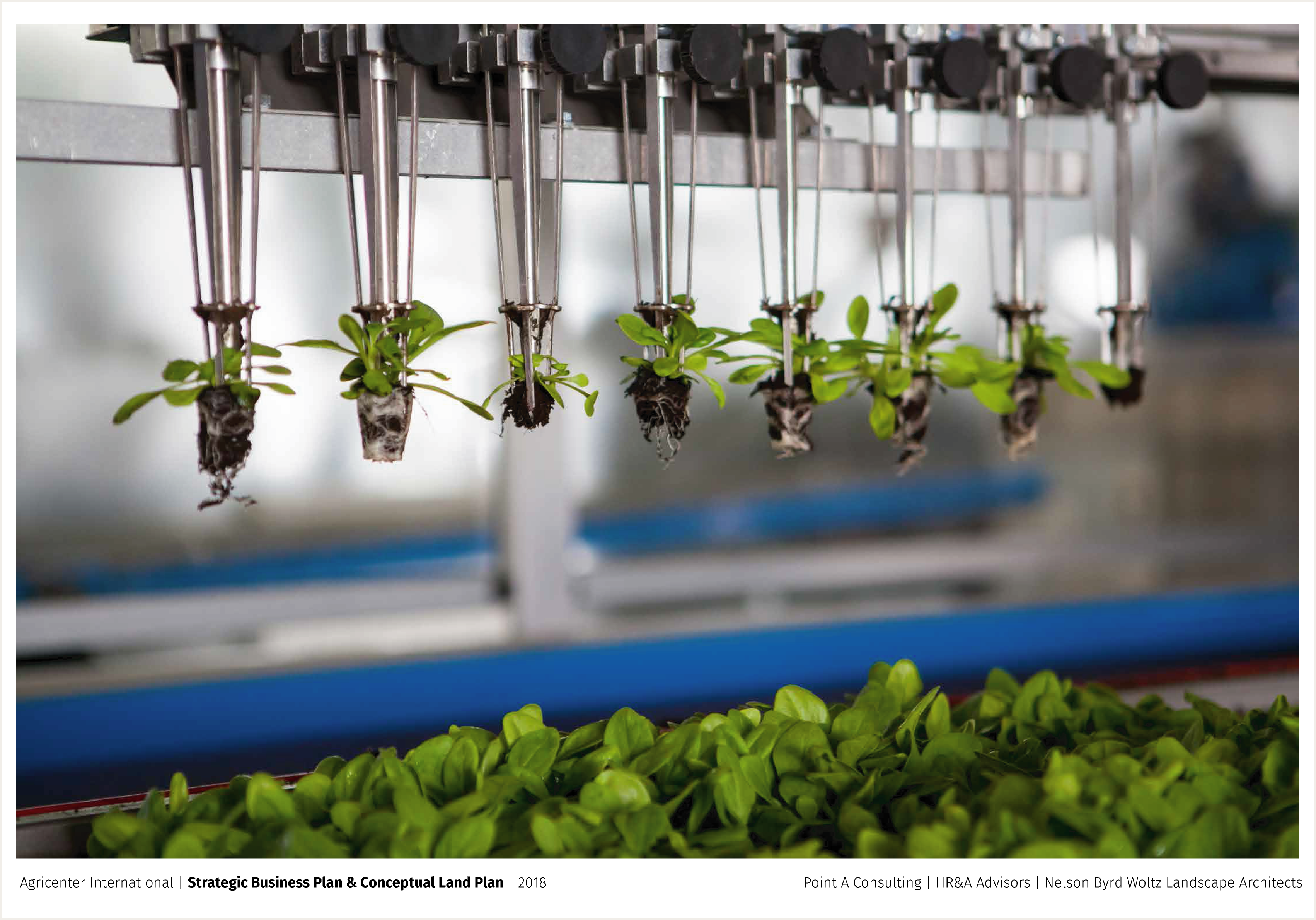Project Description
ECONOMIC DEVELOPMENT AUDIT & AG-BASED STRATEGIC PLAN
Client: City of Meridian, Idaho
The City of Meridian, Idaho (part of the Boise Metro) is centrally located within the agricultural powerhouse region known as the Treasure Valley–one of the seed capitals of the United States. In recent decades, Meridian and peripheral communities across the Treasure Valley have witnessed a housing boom resulting in the loss of vast tracts of productive lands to developers. Among the other formerly rural communities across Ada County, Meridian’s challenge with these issues was heightened due to its high quality of life, proximity to Boise, and affordable housing options for young families. However, the City recognized that without a push to maintain a diversified land portfolio, rooftops and retail could expose them to greater risks in the long term.
In 2015, CAS team members Dawn Riley, Steven, Spalding, and Jillian Anderson (along with partners at Pegasus Planning & Development) were hired to lead an economic development strategic planning effort. We identified community and regional ag assets and defined catalyst projects to strike a creative, harmonious balance between rapid growth, economic diversification, and ag preservation.
One of the Catalyst initiatives focused on within the final report was an Ag-Innovation Campus, built on the conceptualization of how entrepreneurial ecosystems develop. Formalized definitions of “research & development,” “intellectual property,” “commercialization and technology transfer” reflect organic, iterative interactions that foment over time into intellectual feedback loops between people inside and outside of institutions. The diagram below became a helpful tool for stakeholders to understand their equally important roles in a broader system of innovation.

We encouraged Meridian stakeholders to think regionally about their leadership position, particularly with how to position their already strong K-20/workforce institutions as being the springboard to capturing a chunk of the state and region’s job growth in ag innovation. The visual below was extracted from within the final report:

Another challenge faced by the community was how to attracted talented, tech-savvy workers to start businesses, fulfill a widening talent gap across the region, and to carry the community into the 21st Century. Despite Meridian’s exceptional growth in recent years, the population of those born approx between 1982-2000 (“Millennials”) are not choosing Meridian in equal measure, as seen in the diagram below.

We encouraged Meridian to work with bullish residential housing developers to integrate active agriculture into residential communities as an amenity–a national trend known as agrarian urbanism that has been highly attractive to their target demographics. We presented more than a dozen case studies on this development typology and how to link this innovative development model as a major consideration for how they approach talent attraction and retention efforts.






